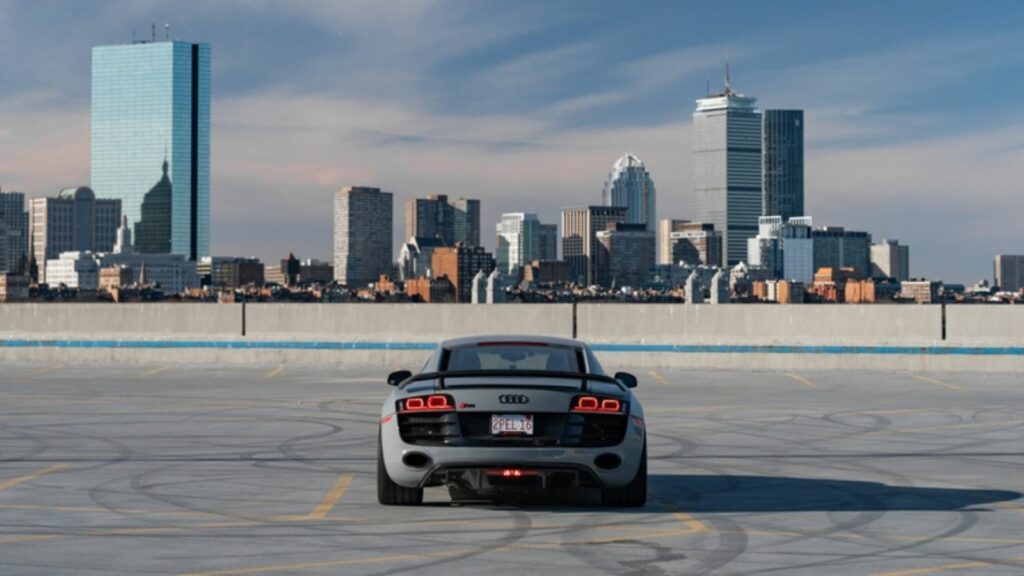Sometimes, cars burst onto the scene with all the flair of a Hollywood premiere, only to fizzle out faster than a soggy firework. Strap in, buckle up, and prepare for a rollercoaster ride through automotive history, where we’ll explore 12 cars that shook the auto world like an over-caffeinated barista but faded away quicker than yesterday’s meme.
DeLorean DMC-12
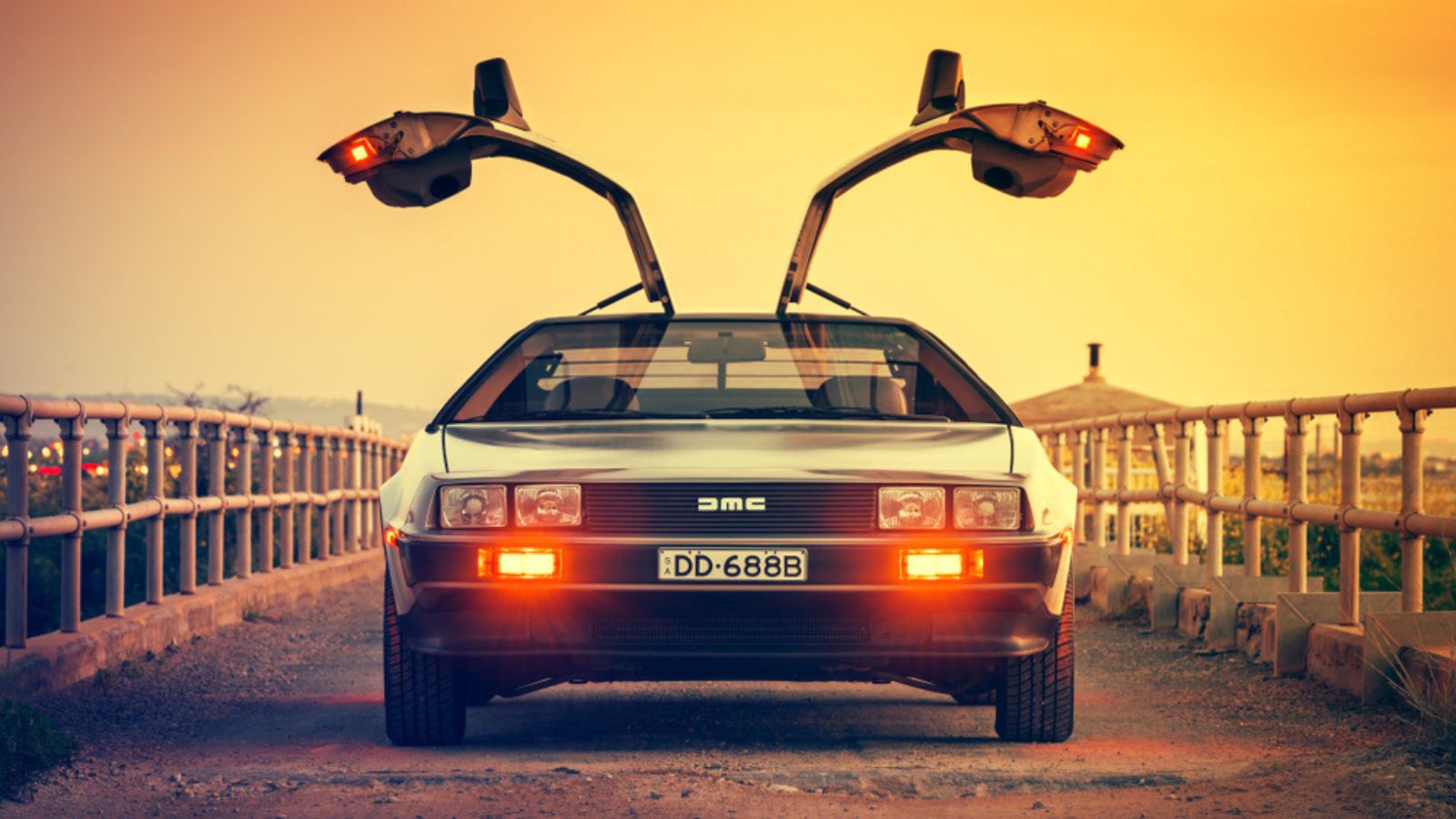
This car is too classic not to be mentioned in every list related to cars. The DeLorean DMC-12 gained iconic status largely thanks to the “Back to the Future” film franchise. With its futuristic stainless-steel body and gull-wing doors, it captured imaginations worldwide. Still, the list doesn’t end here, as it also featured a 2.9-liter V6 engine developed in cooperation with Volvo and Renault. The car could produce up to 130 horsepower and accelerate from 0 to 60 mph in nearly 8.8 seconds. It is such a shame that the car was only produced in one model year, 1981.
Ford Edsel
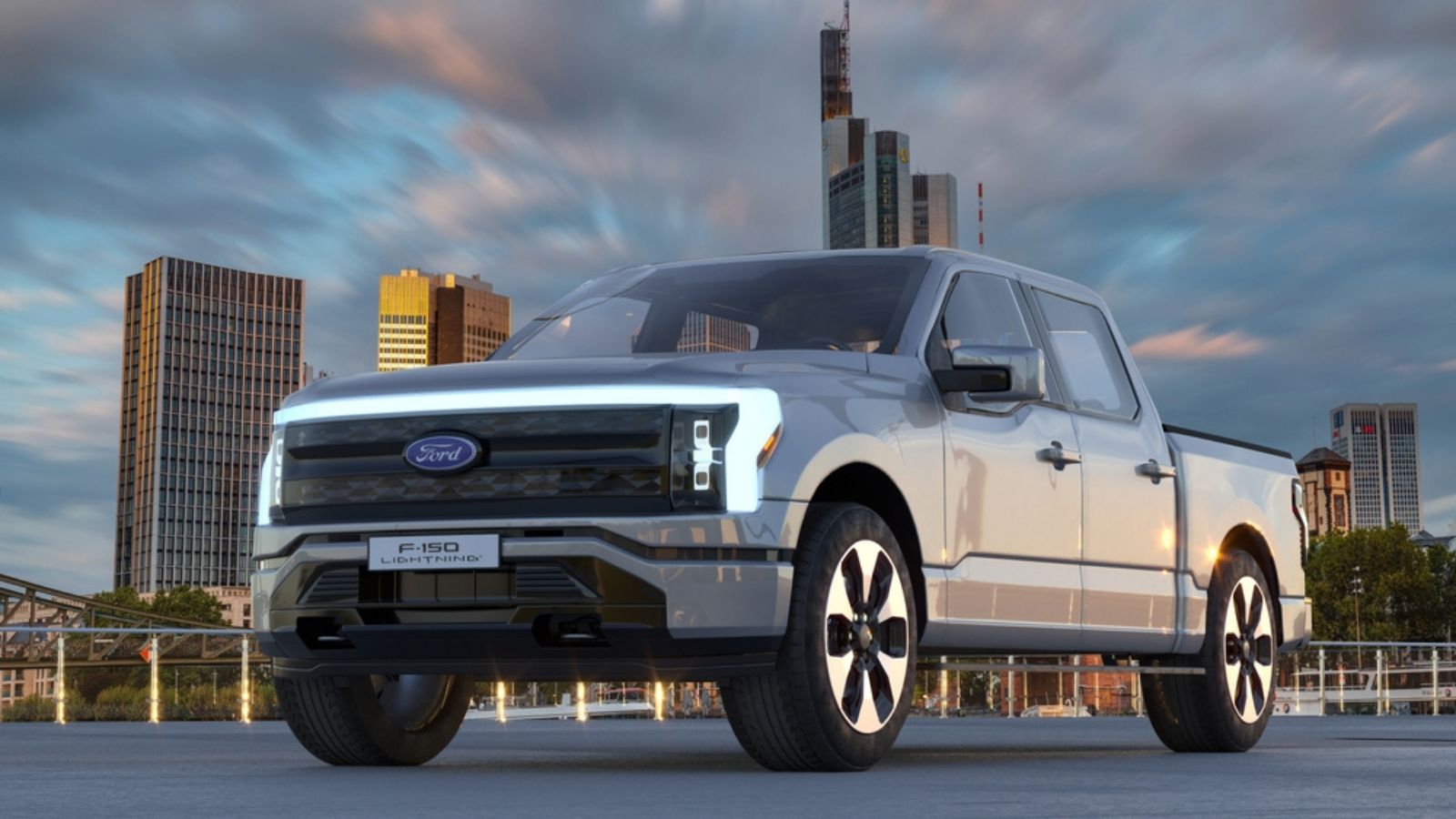
Named after Edsel Bryant Ford, this ambitious car has never failed to evoke fascination. It was 1958 when Ford unleashed the Edsel upon the unsuspecting masses. With a grille that could double as a cheese grater and a marketing campaign that left everyone scratching their heads, who thought that its most revolutionary feature would turn into its downfall? The Edsel was less a revolution and more a lesson in how not to launch a car.
Chrysler TC by Maserati
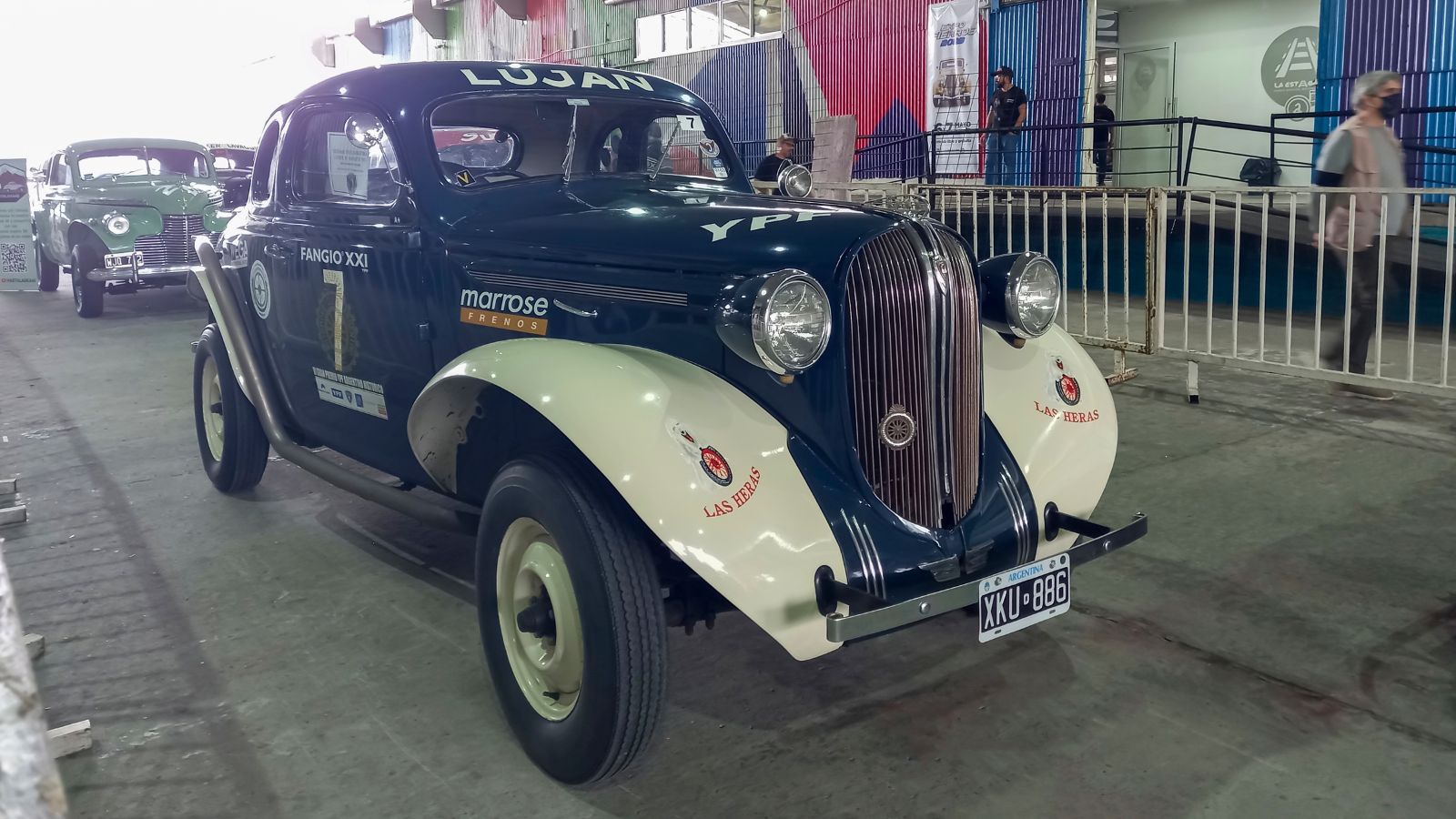
Chrysler and Maserati jointly developed it. This car was positioned as a grand tourer and introduced at the 1986 Los Angeles Auto Show. Featuring a detachable hard top with circular, beveled-glass opera windows with a six-point latching system and a manually operated cloth-lined convertible top, the car was expected to achieve annual sales between 5,000 and 10,000 units. But this American and Italian luxury brand mash was as coherent as a Shakespearean insult for the masses.
AMC Pacer
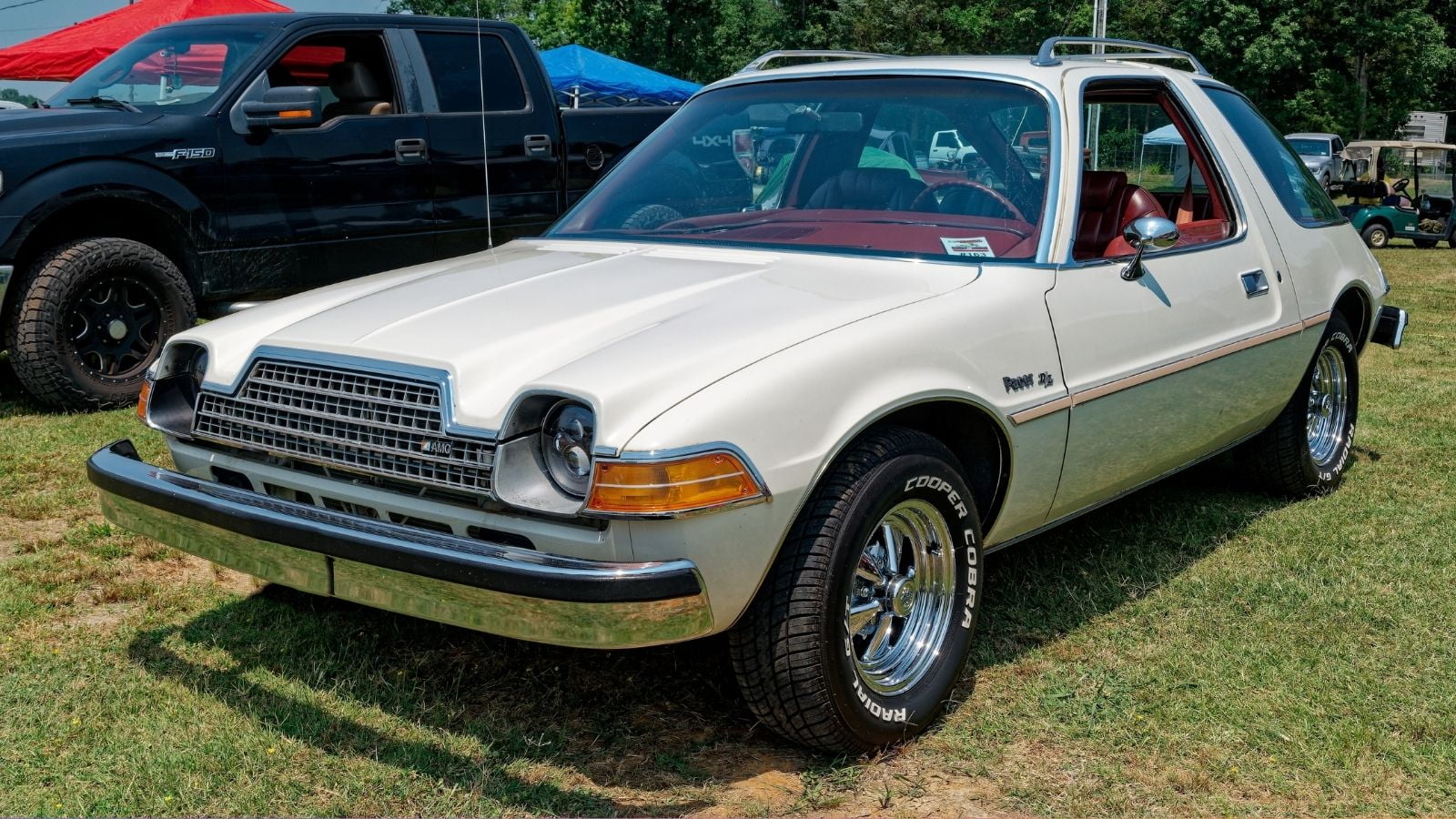
The AMC Pacer was marketed as a small car with a spacious interior and a distinctive bubble-like design. The model’s engine featured dished pistons with a 3.909-inch bore and 3.894-inch stroke, as well as a unique head and exhaust porting design. However, even with a design that screamed “space-age chic,” the AMC Pacer looked like the lovechild of a UFO and a goldfish bowl. Sadly, its novelty wore off faster than a pack of bubblegum in a teenager’s pocket.
Bricklin SV-1
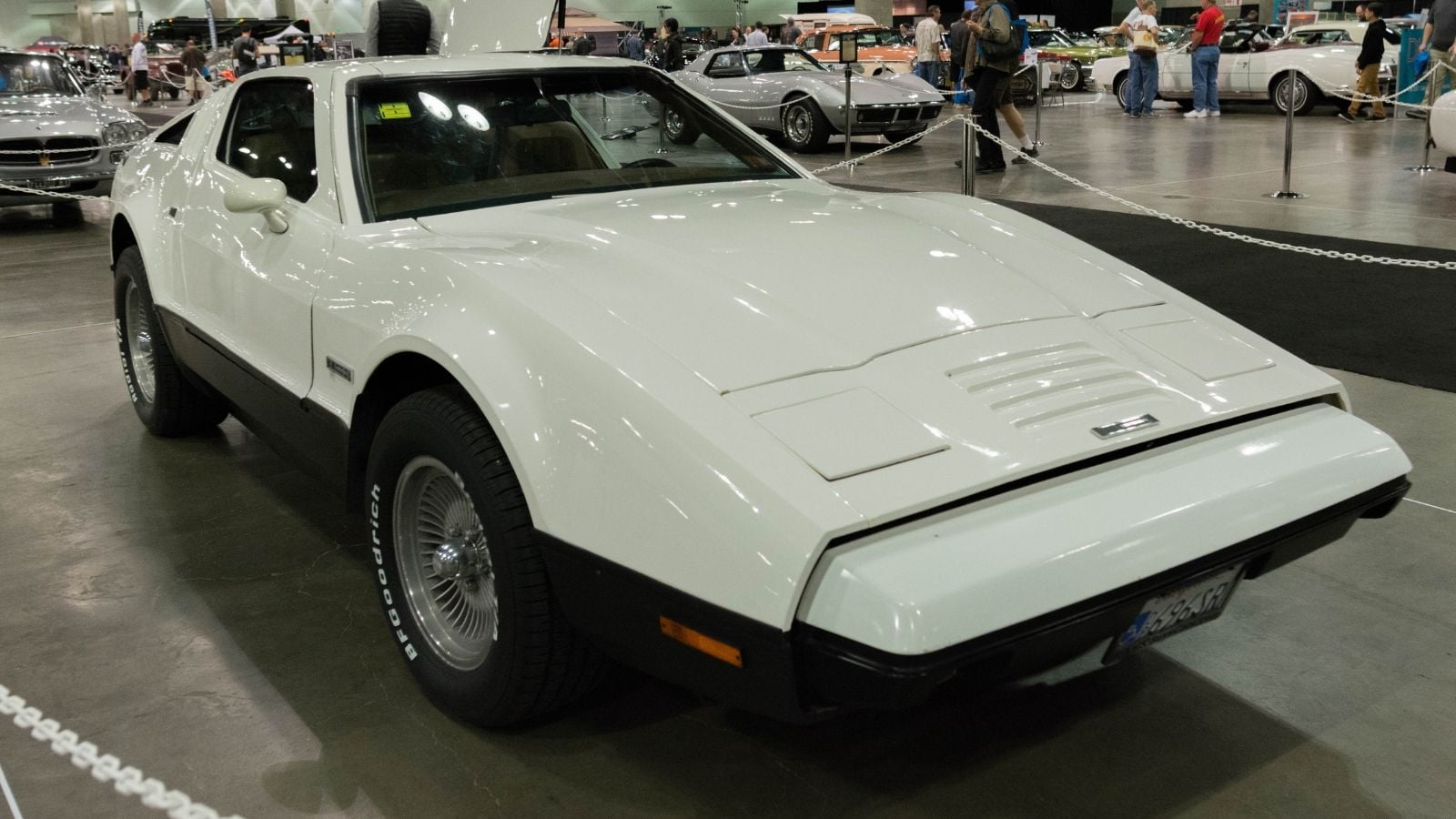
The Bricklin SV-1 aimed to combine safety and performance in a sleek package. American businessman Malcolm Bricklin and his manufacturing company produced this two-seat sports car from 1974 until late 1975. The car was noteworthy for its gull-wing doors and composite acrylic fiberglass bodywork. The ambitious but flawed sportscar had a short lifespan as quality control problems, supplier shortages, and worker absenteeism hindered its production and its prices.
Suzuki X-90
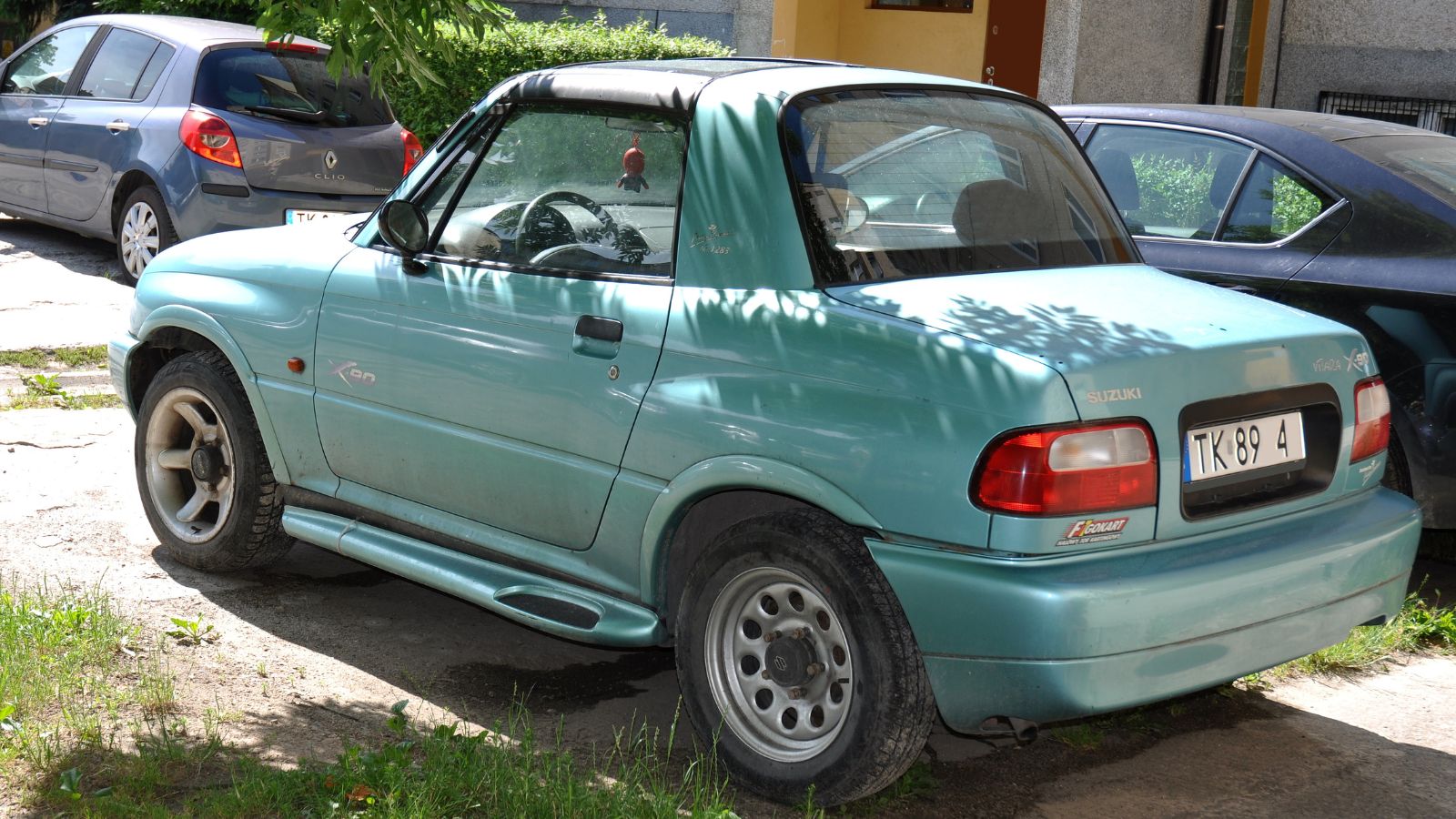
The Suzuki X-90 was a quirky blend of a compact SUV and a sports car, featuring a removable T-top roof and a 1.6 L I4 16-valve engine that produced 95 hp (71 kW) with its diminutive size, despite it having the body of a coupe and the heart of a wannabe off-roader. The Suzuki X-90 was a perplexing creation that left consumers scratching their heads and dealers scratching their inventory sheets. In the end, it was more X-Oh-No than X-90.
Chrysler Crossfire
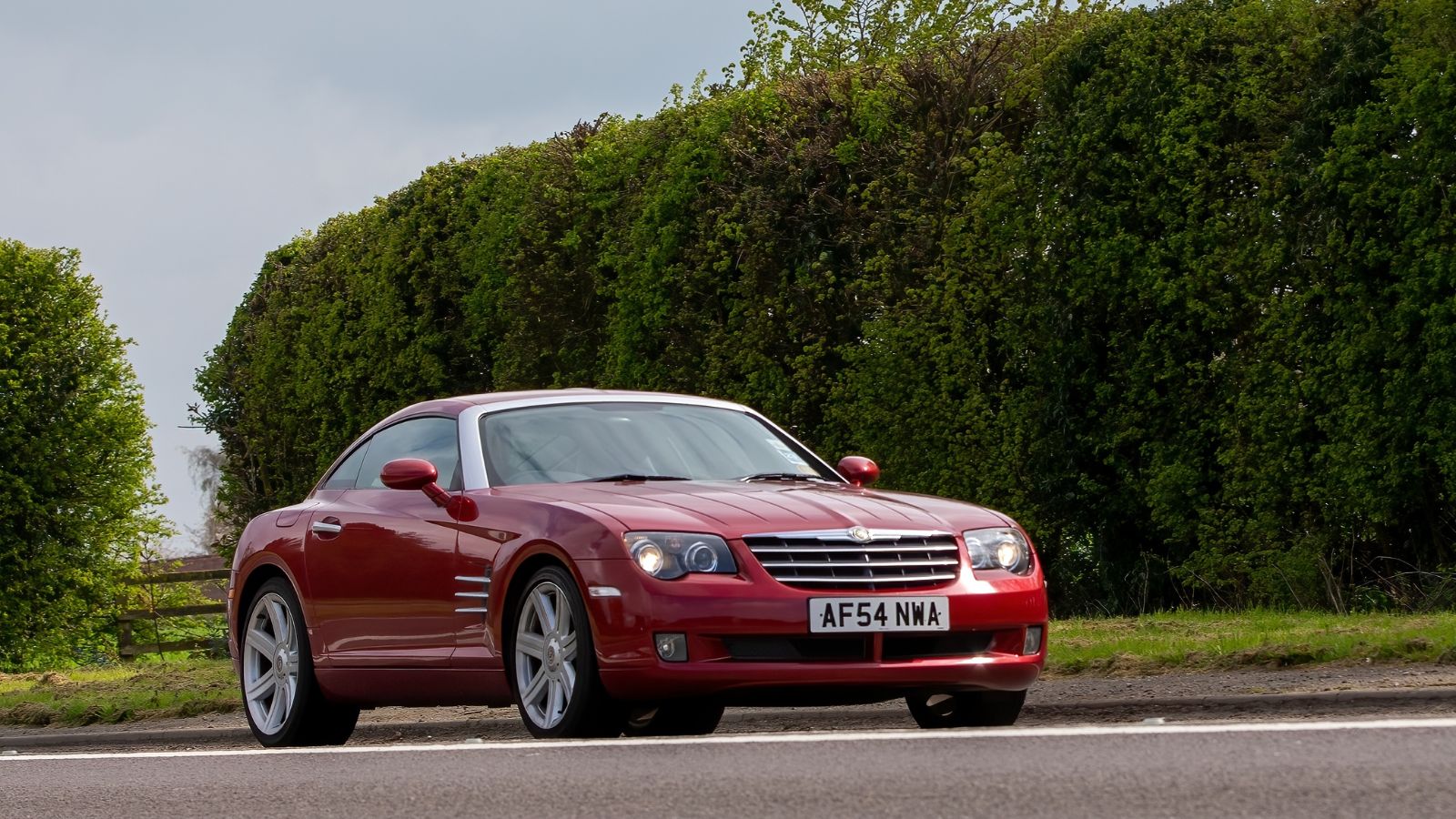
Derived from the Mercedes-Benz SLK platform, the Chrysler Crossfire was a concept car introduced at the 2001 North American International Auto Show. Its production version was unveiled at the 2002 Los Angeles Auto Show, promising sporty performance and luxury styling. However, its high price tag, limited practicality, and outdated technology hindered its appeal. Slow sales prompted Chrysler to cease production after a brief four-year run.
Yugo GV
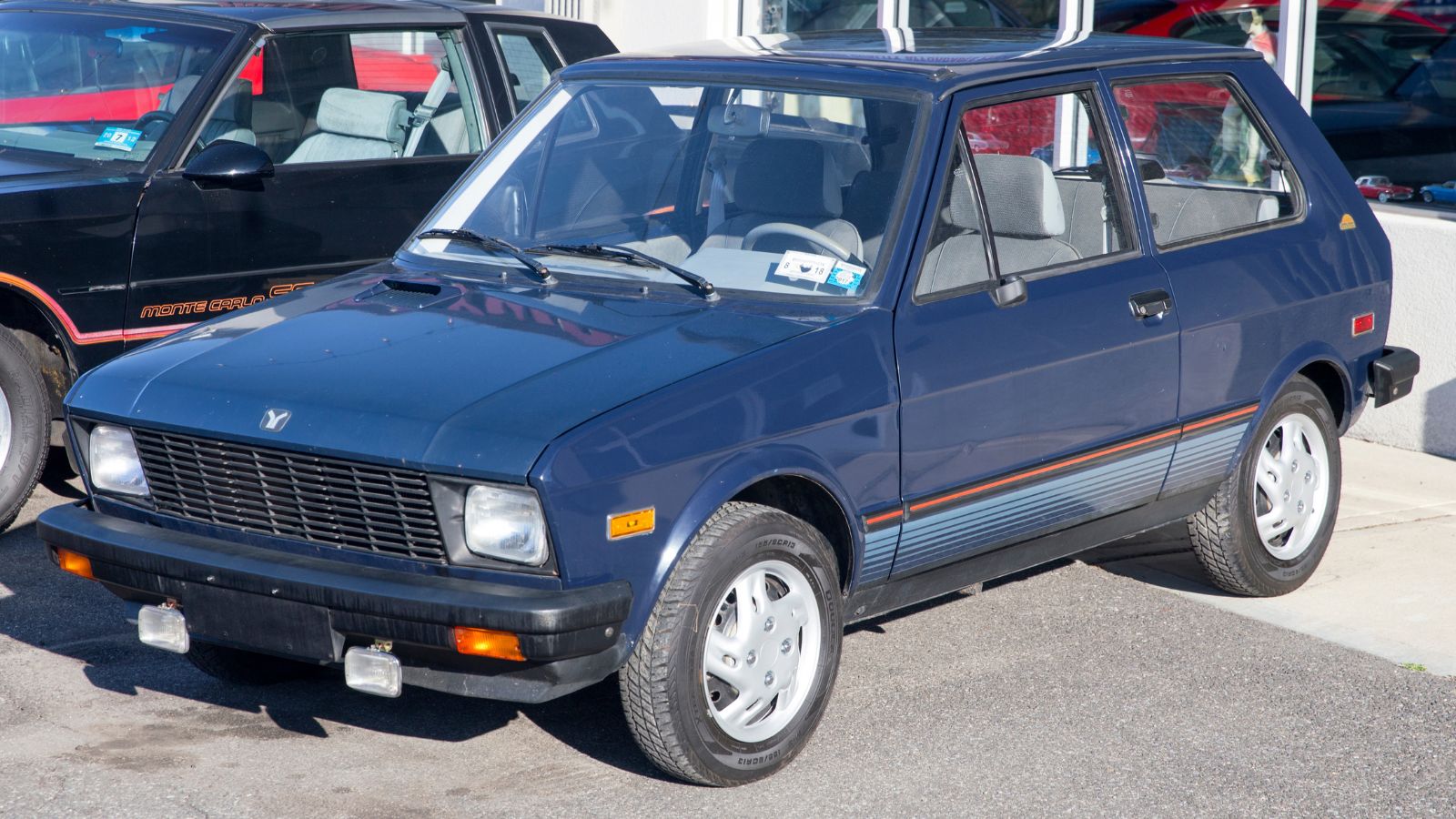
Hailing from Yugoslavia with dreams of conquering the American market, the Yugo GV was more infamous than famous. They were initially designed as a shortened variant of the Fiat 128, featuring the Motronic MP3.1 fuel-injection system. But even with the build quality that rivaled a house of cards and reliability that made a coin toss seem like a safe bet, the Yugo quickly became the butt of every car joke in the ‘80s.
Oldsmobile Aurora
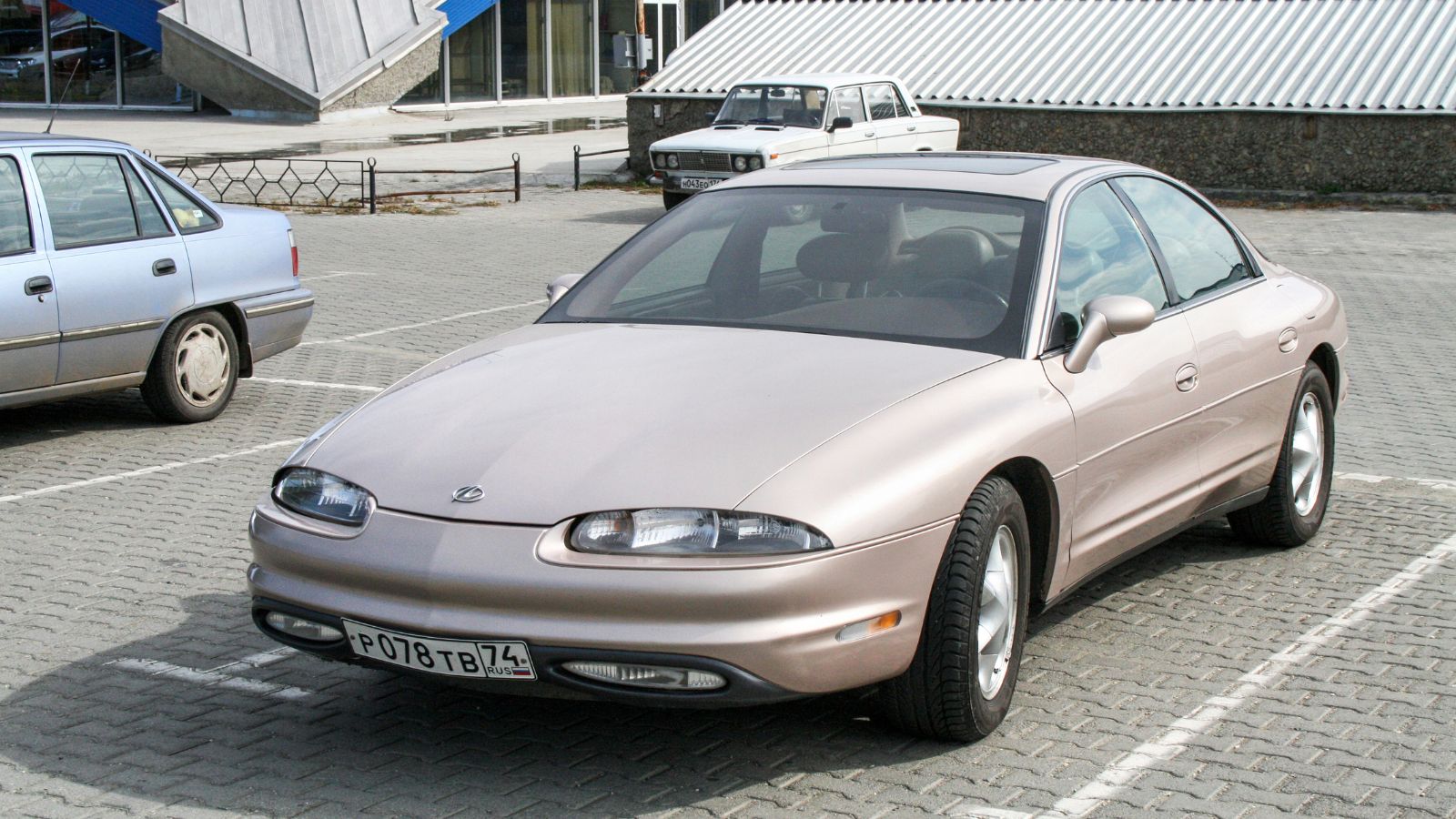
The Oldsmobile Aurora was lauded for its stylish design and advanced features, including a V8 engine and available NorthStar system. Despite critical acclaim, changing consumer tastes and declining sales within the Oldsmobile brand contributed to its discontinuation in 2003.
Ford Thunderbird (11th Generation)

The 11th Generation Ford Thunderbird, introduced in 2002, blended retro styling with modern amenities. It featured a sleek, streamlined exterior reminiscent of its iconic predecessors. It boasted a powerful V8 engine, a luxurious interior, and a convertible option. However, lukewarm sales prompted Ford to discontinue production after four years in 2005. Despite its brief run, the 11th-generation Thunderbird left a lasting legacy as a stylish revival of a classic American icon.
Cadillac Alante
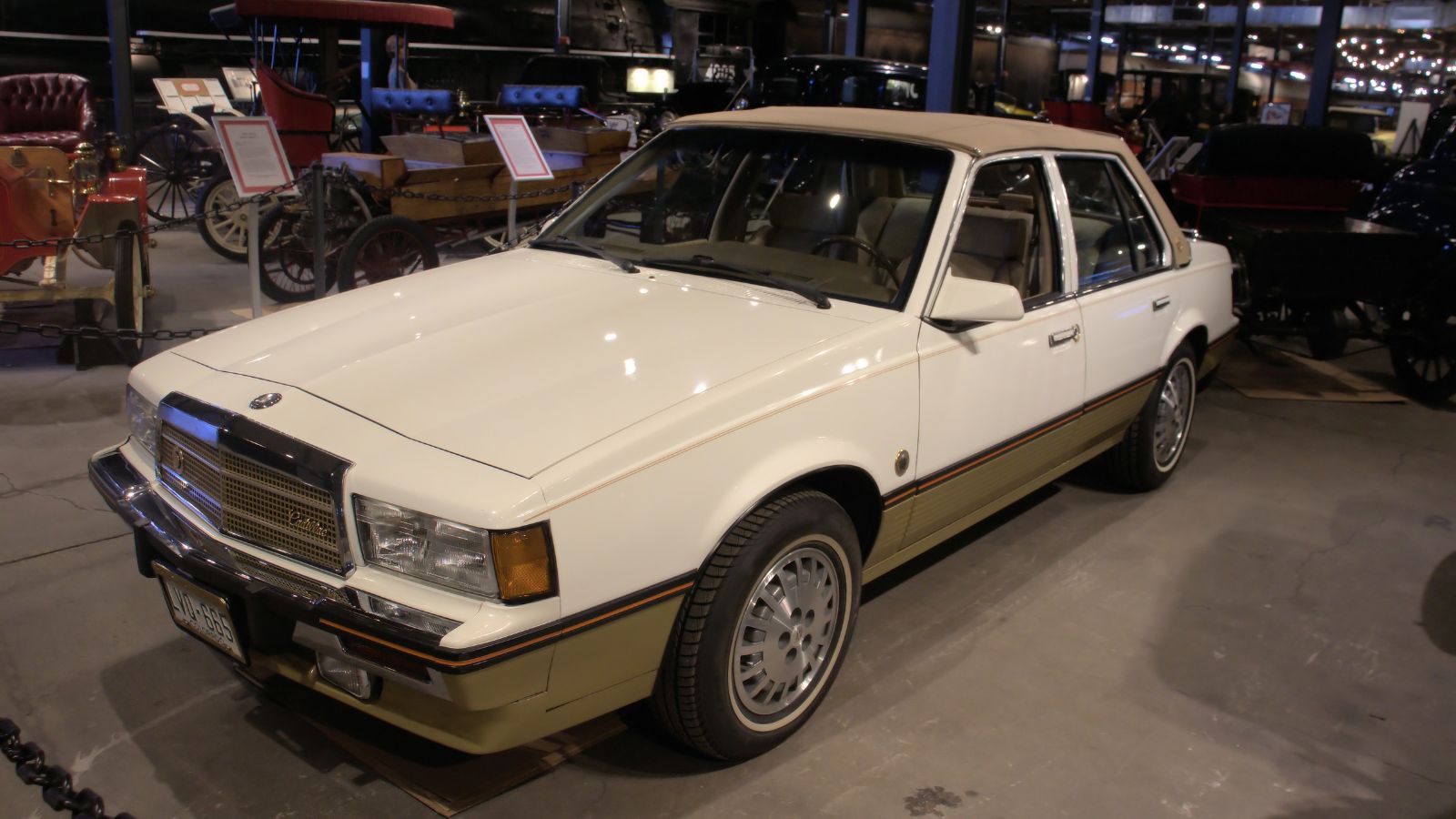
The Cadillac Allanté combined Italian design with American luxury. Produced from 1987 to 1993, the car boasted a Pinin Farina-designed body, blending Italian flair with American luxury. It featured a retractable hardtop, digital instrumentation, and a 4.1-liter V8 engine. Despite its high price and advanced features, including a transatlantic assembly process, sales remained modest. Cadillac discontinued the Alante due to production complexities and dwindling demand, marking the end of a unique chapter in automotive collaboration.
Isuzu VehiCROSS

The Isuzu VehiCROSS stood out with its bold styling and off-road prowess. The sporty two-door crossover vehicle with aggressive external styling, including short overhangs, an aggressive forward stance, and titanium “teeth” in the grille, featured a computer-controlled AWD system for on-road driving and a low-gear 4WD system for off-road driving. However, its limited practicality, high price, and niche appeal hindered its success in the market. Isuzu discontinued production after only four years.
15 Most Reliable Cars Ever Made — Why They Never Quit
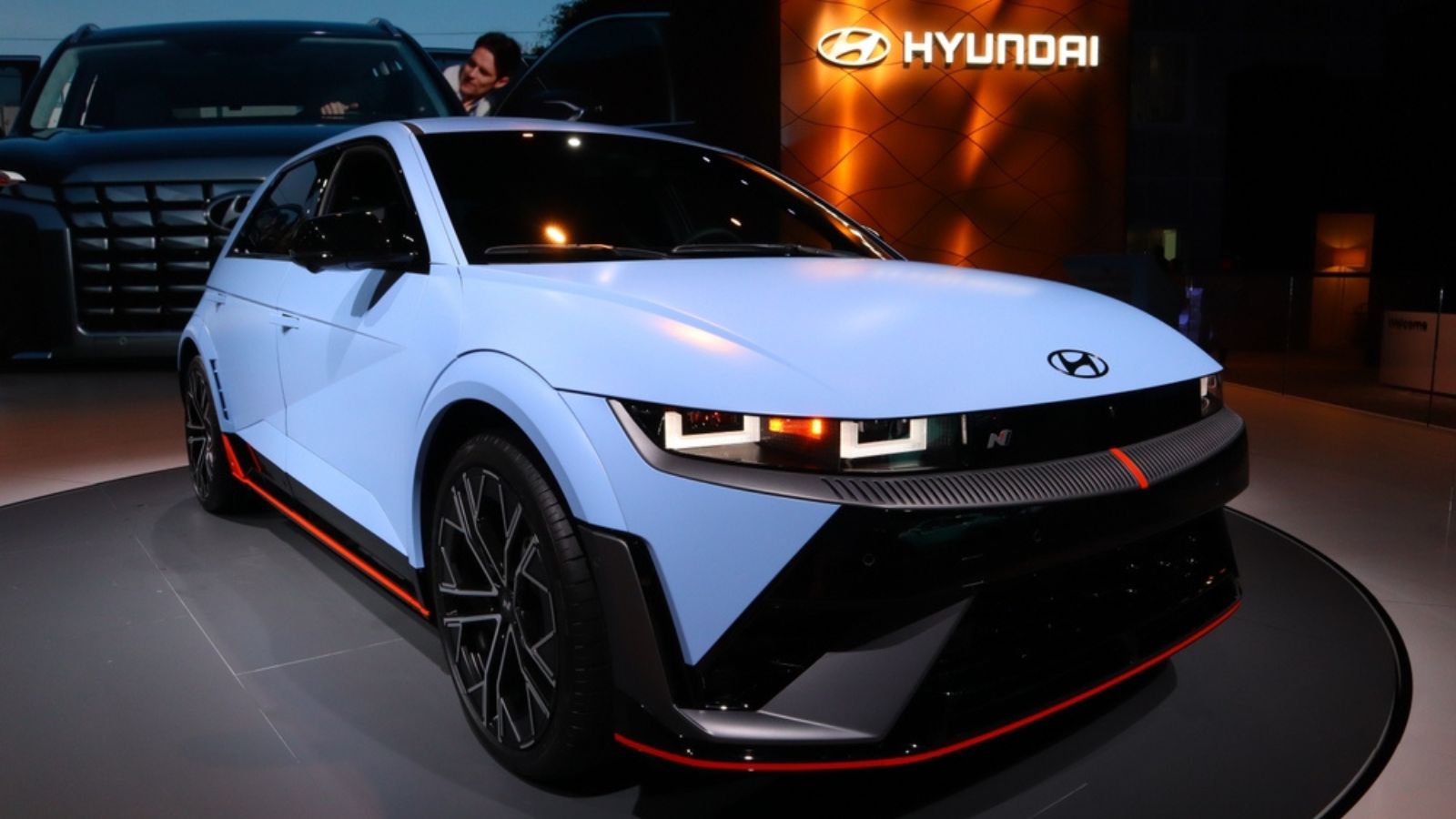
Some claim that the dependability of autos has decreased. Modern cars have a shorter lifespan than some cars manufactured between the 1970s and the 1990s, but some new and used cars today are good enough to last for at least ten years and up to 500,000 miles. When these vehicles break down, most problems are relatively simple, and many don’t have serious difficulties. Here are 15 of the most reliable cars ever made: 15 Most Reliable Cars Ever Made — Why They Never Quit
